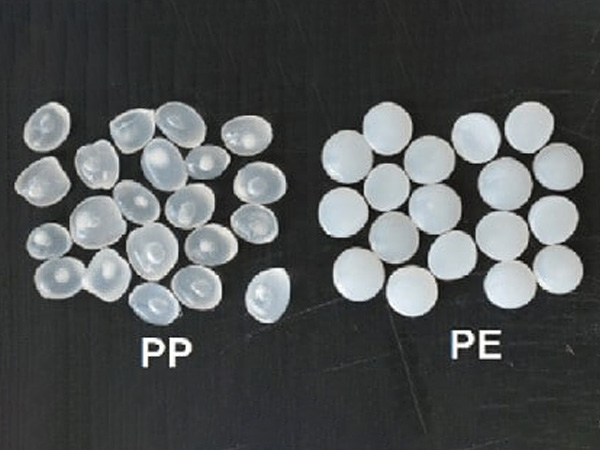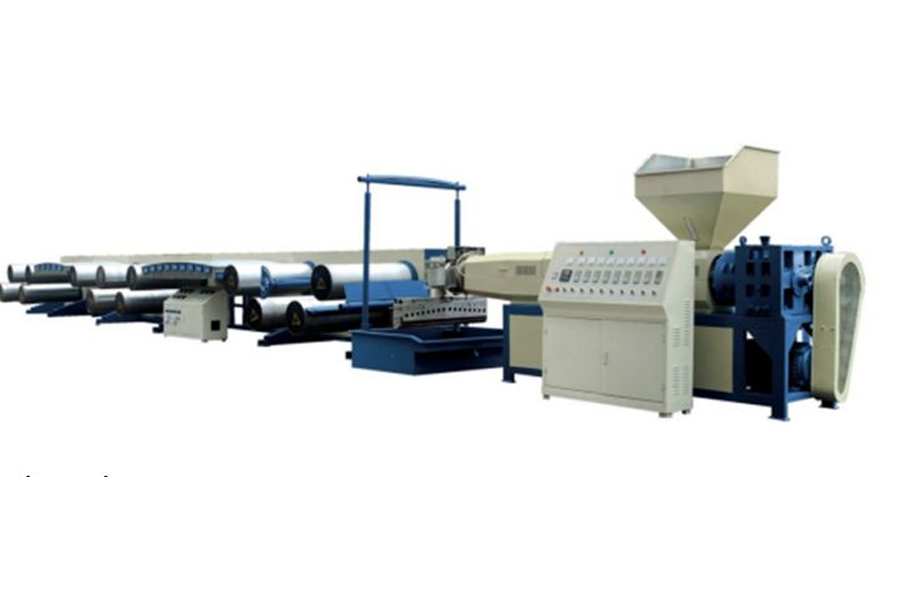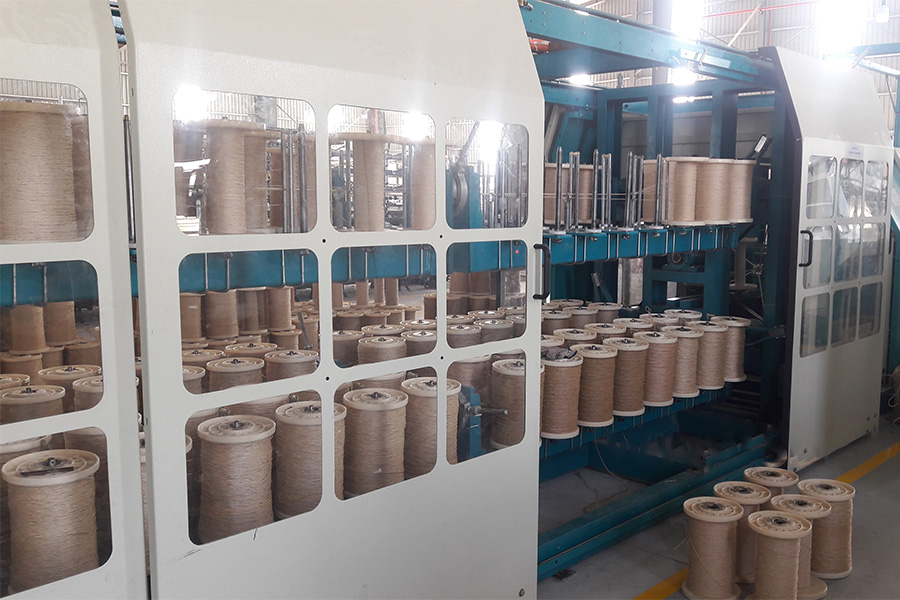Rope is a product widely used in daily life and in many fields such as fisheries, construction, agriculture, decoration, etc. Rope is a group of long and small fibers or strands twisted or braided together to form a larger and stronger strand. Different types of ropes can be made from different materials, such as cotton, nylon, polyester, steel cable, pp rope, pe rope, and other synthetic fibers. Ropes are formed by twisting, braiding, and weaving the material fibers together. The diameter of the rope is determined by the diameter of the fiber, the number of strands twisted together, and the number of strands braided in the finished rope.
Table of Contents of the rope production process:
Step 4: Twisting fibers into rope
The detailed process of rope production:
The main materials used to produce rope can be natural fibers such as cotton, silk, and synthetic fibers such as polypropylene, polyester, and polyethylene. The choice of material depends on the type of rope product desired. Cotton and silk fibers are usually used to produce thread and yarn, which are then woven into fabric. Polypropylene, polyester, or polyethylene are commonly used to pull fibers and produce rope with a large diameter and long length to serve the needs of fishing, construction, fish farming cages, tying objects, etc. It is important to clean the raw materials and remove impurities to obtain the best quality rope production materials.

Figure 1: PP, PE resin
After selecting the raw materials, the polypropylene (melting temperature ~165°C) and polyethylene (melting temperature ~120°C) plastic pellets are melted. Each production line may have different melting methods, such as melting with hot air flow or with heat.
Once the plastic pellets have been melted, they are passed through a drawing machine to pull the melted plastic into long and straight fibers using a series of closely spaced teethed rollers.

Figure 2: Illustration of a fiber drawing machine
After being drawn into fibers and passing through the sawtooth mesh, the fibers are cooled down by passing through cooling machines. After the cooling stage, they are compressed by rollers before being twisted into twisted fibers. There are different twisting methods, such as right-hand twist and left-hand twist, depending on the machine configuration. The twisted fibers are wound onto spools called "robbin". At this point, the manufacturer can also dye the fibers to create a special color for the entire batch or individual fibers.

Figure 3: Illustration of twisted rope on spools (robbins)
After being collected, the fiber spools are placed on a frame. The ends of the fibers are pulled through a hole on a fixed plate and fed into a compressing tube. As the fibers pass through the compressing tube, it is twisted in the opposite direction of the fiber twist to create a tighter fiber.
These tight fibers are then transferred onto a fiber robbin or directly into a stranding machine. The stranding machine secures the fibers in place with a clamp. Next, the fiber is fed into a twisting mold to twist the fibers in the Z direction and lock them together. This process is called stranding.
The stranded fiber is wound onto a core spool. When the spool is filled, the finished cable is removed from the spool and tied with a smaller fiber or a wire tie. The cable ends are then resealed with adhesive or melted.

Figure 4: Illustration of machine twisting fibers into 8-strand rope
The level of quality control depends on the intended use of the rope.
Ropes intended for general use are usually sold by diameter, length, breaking strength, and load-bearing capacity. Basic material specifications and visual inspections are quality control measures for this type of rope.
Ropes intended for high-risk applications such as rescue, mountaineering, etc. will be subject to more rigorous testing. These ropes have a limited lifespan and are coded to indicate the date of manufacture.
In conclusion, ropes are widely used in daily life and the rope production process is complex, passing through many stages and production lines, along with meeting strict quality standards. Siam Brothers Vietnam is a manufacturer of ropes, cock ropes, Thai ropes, Thai boat mooring ropes, fishing gear, and fishing equipment in Vietnam for nearly 30 years. You can check our products by click here.